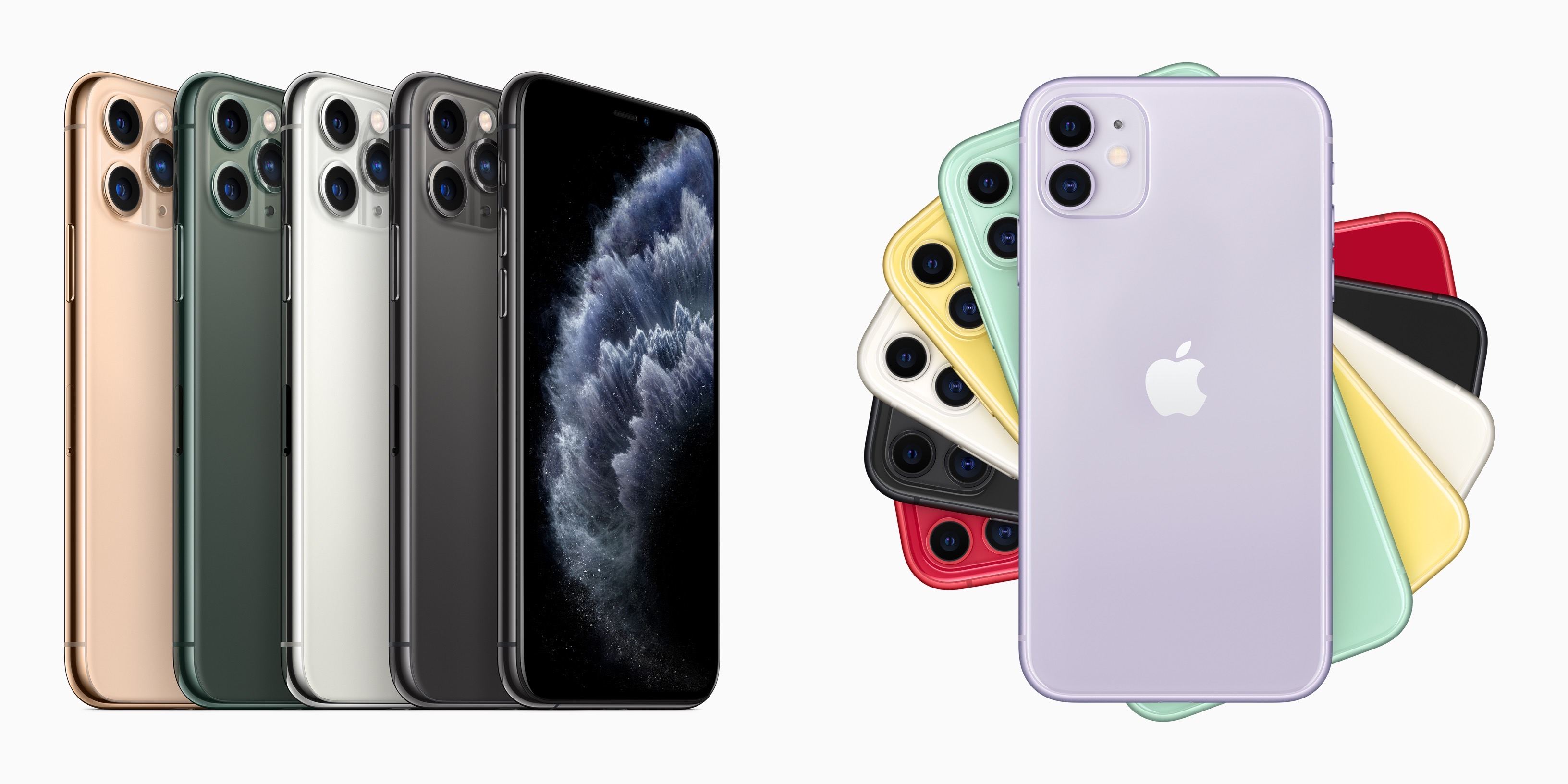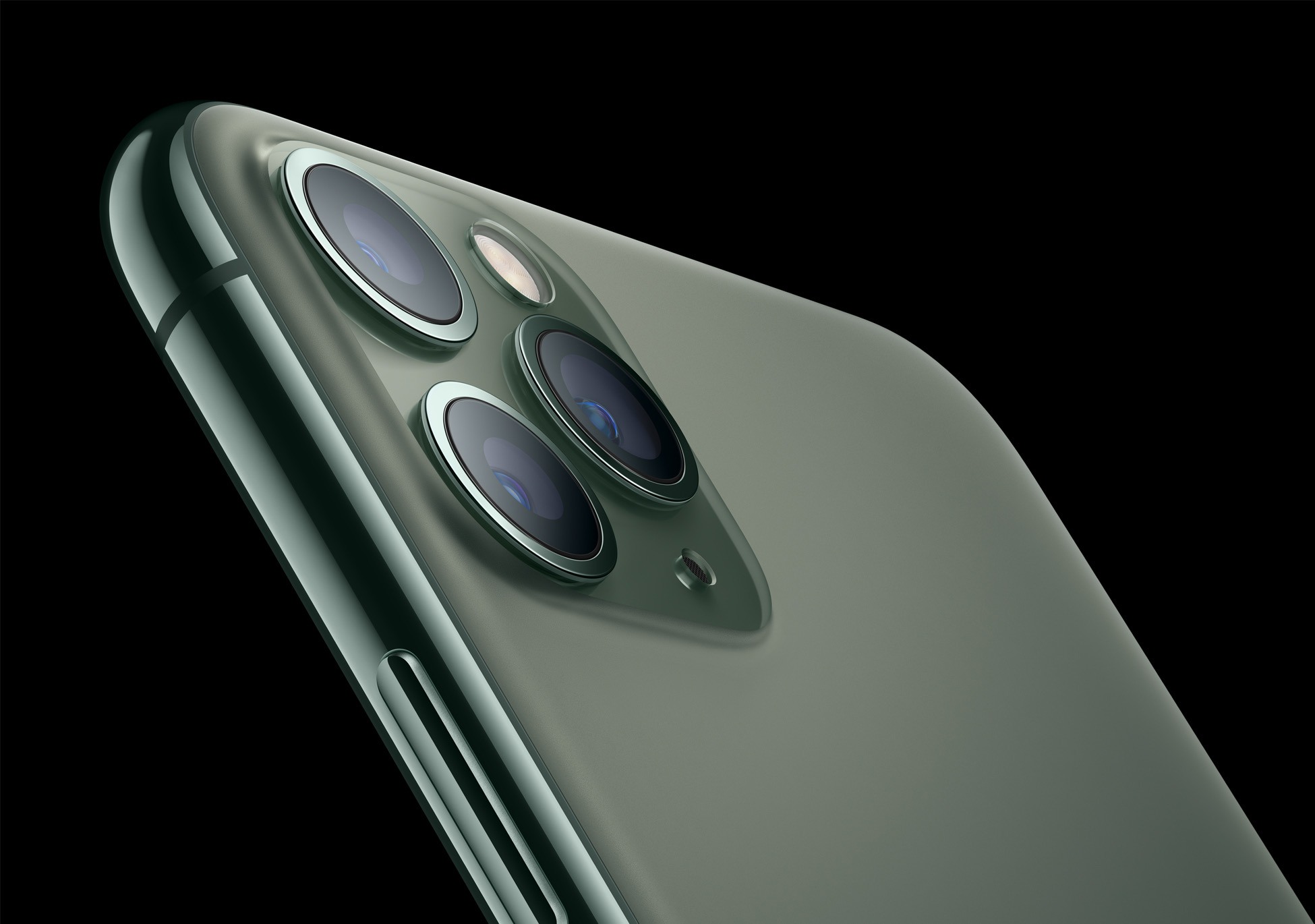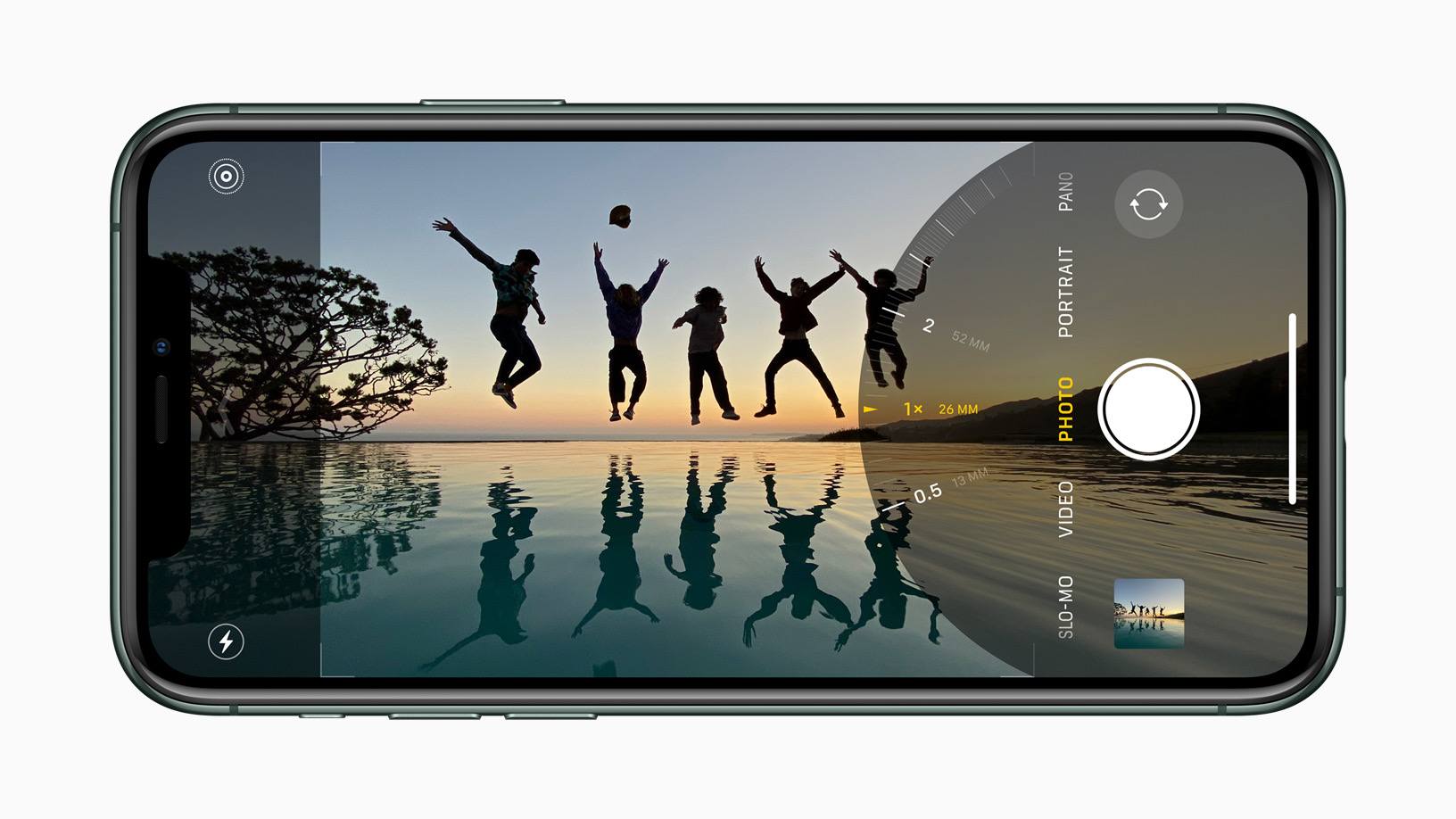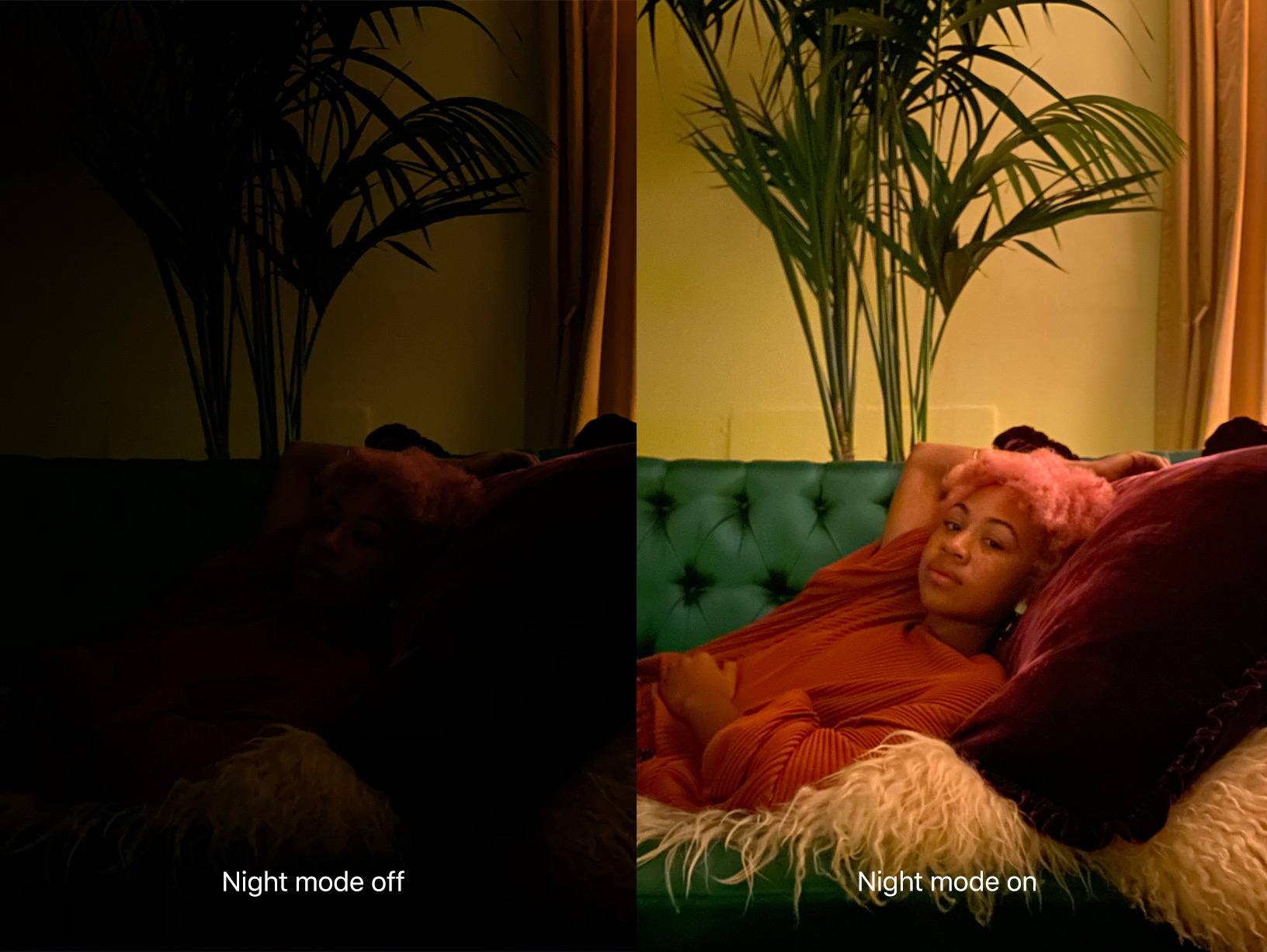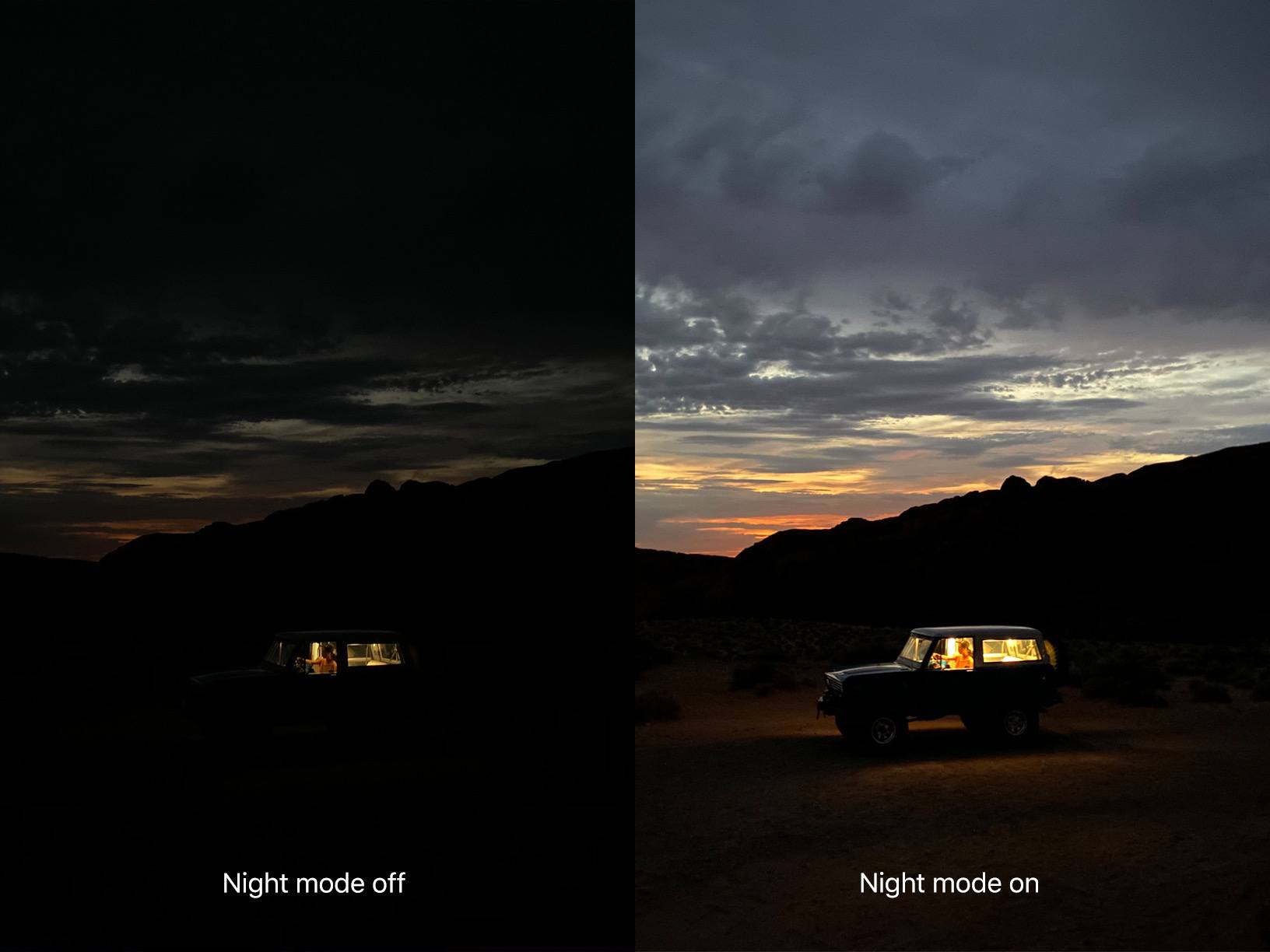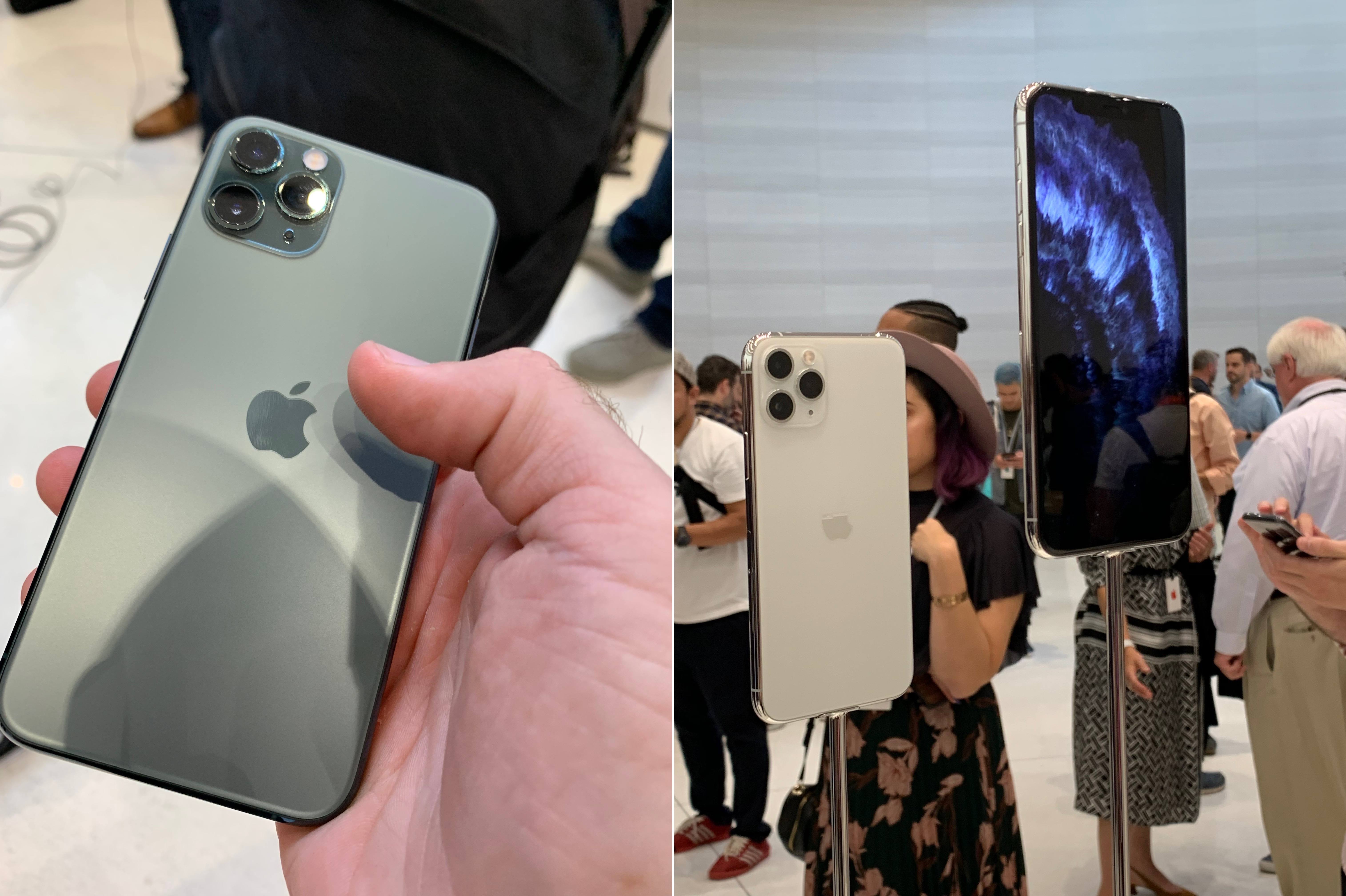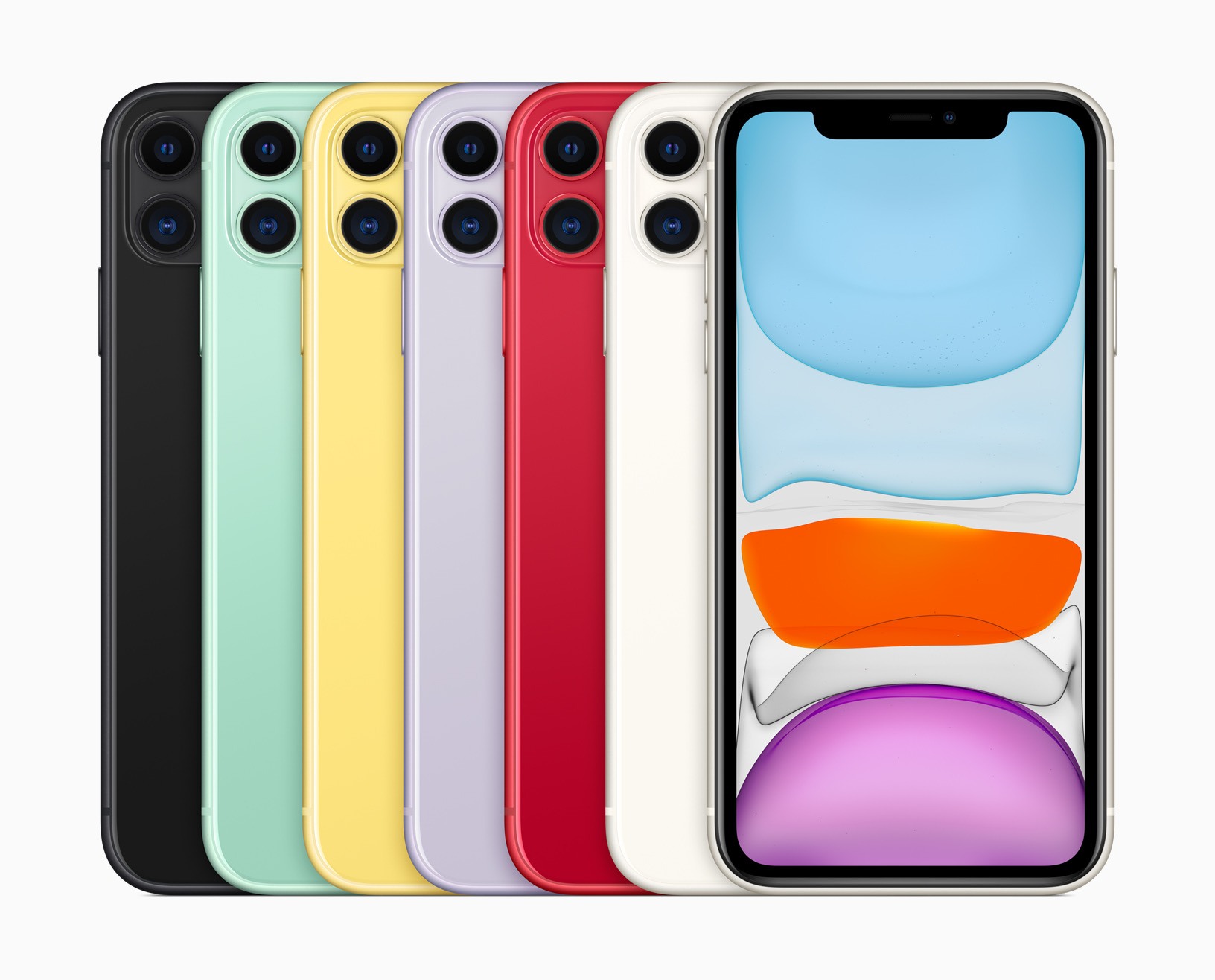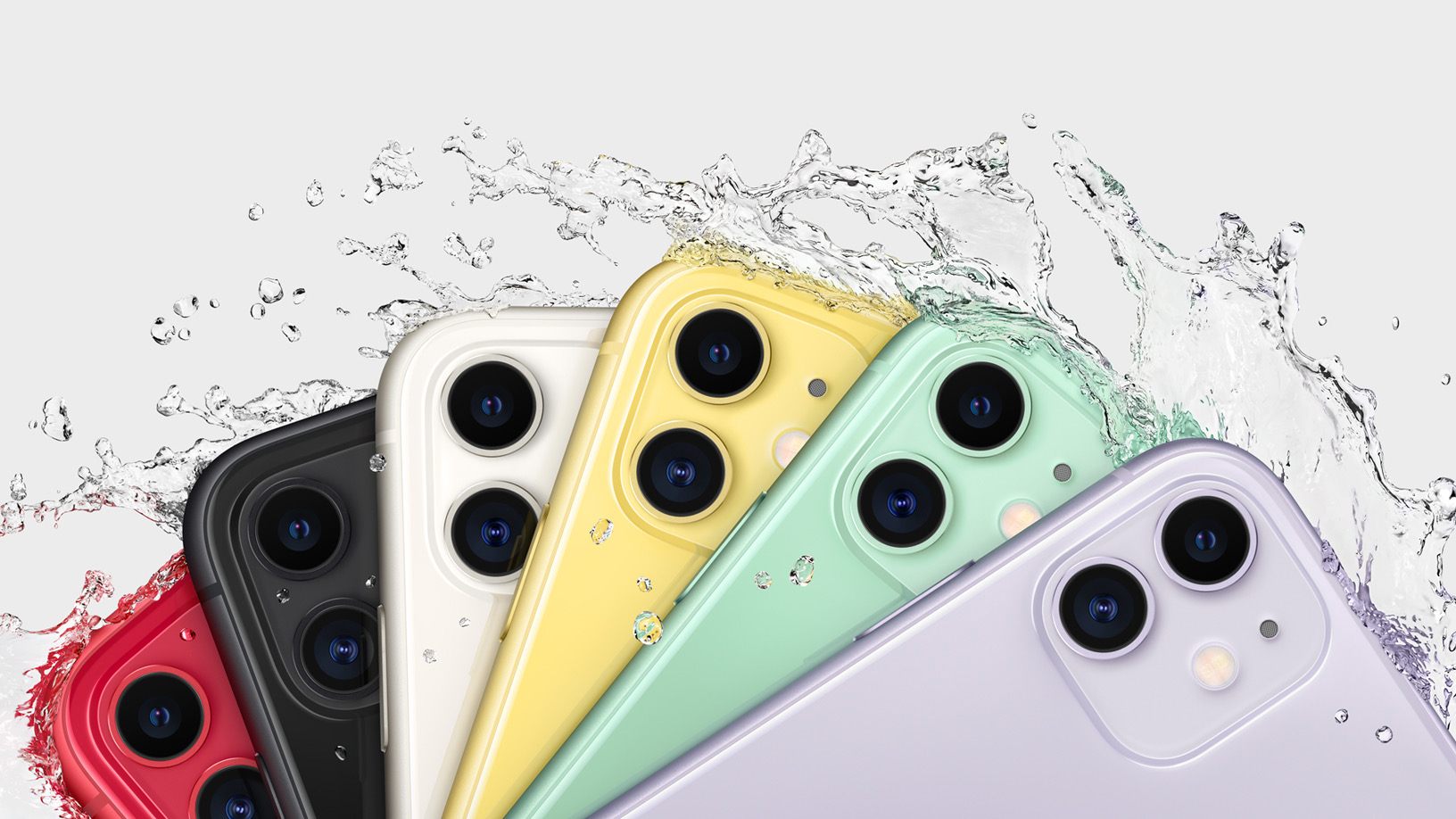Today Apple hosted its annual September event at Apple Park in Cupertino, unveiling new hardware for the fall and the launch details of its latest services. New iPhones were a large focus of the event, as always, with Apple debuting three flagship models: the iPhone 11, iPhone 11 Pro, and iPhone 11 Pro Max. All new models will be available for pre-order this Friday, September 13 starting at 5AM PDT, and will ship the following Friday, September 20.
The iPhone 11 is the successor to last year’s iPhone XR model, with a 6.1-inch LCD display, while the two Pro models succeed the iPhone XS and XS Max, retaining their 5.8-inch and 6.5-inch sizes in newly upgraded OLED screens. These names represent a shift in how Apple is positioning its different iPhone models. 2018’s iPhone XR model was presented by Apple as the lower cost sibling of the XS and XS Max flagships. The device’s high level of feature parity with the XS line meant it was actually the best option for the masses, but Apple’s naming and marketing failed to communicate that well. This year there’s no question: the iPhone 11 is the flagship iPhone, while the Pro and Pro Max exist as higher end options for customers who value the specific advantages they offer. Ultimately, however, all new models share far more similarities than differences.
Each new iPhone comes with a variety of improvements, such as the upgraded A13 Bionic chip, which enables significant battery improvements, plus there’s faster and easier to use Face ID, increased water resistance, spatial audio, and more. Over and above all these things, however, the clear emphasis for Apple this year was on cameras. Though the 11 Pro and Pro Max offer the greatest improvements, the standard 11 likewise seems poised to offer significant leaps forward in photo and video capabilities.
Cameras
Apple is going all-in on camera advancements as the main selling point of the iPhone 11, 11 Pro, and 11 Pro Max. More so than in any other year, Apple’s argument to would-be upgraders rises and falls on one thing: cameras.
Let’s start with what’s different between each device. The iPhone 11 only has two rear-facing cameras, while the 11 Pro and Pro Max have three. All three phones include identical Wide and Ultra Wide cameras, but only the Pro models include a Telephoto camera as well. Besides that, there’s not a lot different between the devices’ camera capabilities.
The ƒ/2.4 Ultra Wide lens included on all new iPhones makes it possible to see much wider fields of view than before. I love how Apple has implemented the feature into the Camera app: when shooting with the standard Wide camera, you’ll see the Ultra Wide’s larger field of view on either side of the display, previewing what your iPhone could capture if you used the Ultra Wide lens. You can switch back and forth between Wide, Ultra Wide, and Telephoto cameras easily by tapping the 0.5, 1, and 2x options, or you can smoothly transition between each of them with the new zoom wheel, accessed by tapping and holding then dragging up or down.
The iPhone 11’s Wide lens retains the same megapixels and apertures as last year’s version (12MP and ƒ/1.8) while the Telephoto lens is still 12MP but now ƒ/2.0. Apple says that all the lenses of the iPhone 11 lineup are all-new, and it shows simply by looking at the new phones’ exterior: the cameras appear bigger than before, implying their greater capabilities.
The iPhone 11 and 11 Pro models benefit from a next-generation version of the Smart HDR functionality that debuted last year, promising better highlights and shadow detail, and intelligent lighting of faces in the frame.
The feature many of us have been wanting all year, however, since seeing what the Google Pixel 3 could do with Night Sight, is also arriving on the iPhone 11: simply called Night mode, the new iPhones’ cameras will automatically adjust to take excellent low-light photos when it’s dark enough to merit doing so.
From Apple’s website:
Night mode comes on automatically when needed — say, in a candlelit restaurant. When you tap the shutter, the camera takes multiple images while optical image stabilization steadies the lens.
Then the camera software goes to work. It aligns images to correct for movement. It discards the sections with too much blur and fuses sharper ones. It adjusts contrast so everything stays in balance. It fine-tunes colors so they look natural. Then it intelligently de-noises and enhances details to produce the final image.
It all adds up to night shots that stand apart — with more detail, less noise, and an authentic sense of time and place.
Video is getting better on the iPhone 11 and 11 Pro too. You’ll be able to shoot 4K video with extended dynamic range up to 60 fps, and improved stabilization with something Apple calls cinematic video stabilization. There’s a new audio zoom feature too, for capturing more accurate audio while recording.
Inside the Camera app, a new QuickTake feature will enable easily switching between taking photos and taking video. By simply holding down on the shutter button when in Photo mode, you’ll immediately switch to video. If you’re a burst photo lover, however, there’s no reason to fear: holding down the shutter then swiping left will enter burst mode.
Finally, the selfie camera is getting some love on the new iPhones. The new 12MP, ƒ/2.2 aperture TrueDepth camera brings higher-quality photos, 4K video at 60fps, and for the first time, slo-mo video which is available in 1080P at 120 fps. Apple hopes you’ll use the term “Slofie” (slo-mo selfie) when shooting these videos.
There’s also one camera feature coming this fall that won’t make it into the iPhone 11 at launch: Deep Fusion. Likely arriving in iOS 13.2, Deep Fusion is a process where the Camera app takes a variety of images and, using machine learning, fuses them into a single photo containing a remarkable level of detail. If that’s too vague a description, unfortunately the keynote explanation wasn’t much better. Here’s how Apple explains it:
Deep Fusion, coming later this fall, is a new image processing system enabled by the Neural Engine of A13 Bionic. Deep Fusion uses advanced machine learning to do pixel-by-pixel processing of photos, optimizing for texture, details and noise in every part of the photo.
Battery Life
Photo Credit: Brian King
What’s sure to be the other standout feature for prospective buyers this year is the upgraded battery performance of all new iPhones.
- iPhone 11 will gain 1 hour of extra battery life over the already-impressive iPhone XR.
- iPhone 11 Pro gains an astounding 4 hours of battery life over the iPhone XS.
- iPhone 11 Pro Max outdoes both phones by adding 5 hours of battery life over last year’s XS Max.
These numbers are truly remarkable. In a year where the new iPhones feel relatively light on changes compared to past iterations, Apple has nevertheless given customers the two things we all want: better cameras and longer battery life.
To help make your battery life experience even better, Apple for the first time is including an 18W USB-C Power Adapter in the box – but only with the iPhone 11 Pro and Pro Max; the iPhone 11 retains the standard 5W charger. The new charger for the Pro models will enable gaining up to 50% charge in only about 30 minutes.
Displays
While the display of the iPhone 11 is the same 6.1-inch Liquid Retina screen found in last year’s iPhone XR, Apple has upgraded the OLED display found in the 11 Pro and Pro Max over last year’s models. The new 5.8-inch and 6.5-inch Super Retina XDR displays are brighter than ever before, maxing at 800 nits of brightness when in the sun and 1,200 nits when viewing HDR content. The new displays also offer an impressive 2,000,000:1 contrast ratio, topping the 1,000,000:1 ratio of previous models.
Design
Apple’s major emphasis on cameras for the iPhone 11 line is reflected not just in features, but in the physical design of the new phones. Although the actual sizes of the 11 and Pro models haven’t changed from last year’s XR and XS devices, there remain several ways in which Apple has distinguished the form factor of its 2019 flagships.
Cameras are the clear starting point, with the additional rear-facing cameras across all models serving as differentiators because of how much space they take up on each phone. Both the two-sensor array of the iPhone 11 and the three-sensor iPhone Pro setup stand out due to their housing in a sizable square protrusion. Perhaps because of the extra space dedicated to cameras, the Apple logo on the back of all 2019 models has been moved down toward the center of the device and the ‘iPhone’ name is no longer anywhere in sight. This makes for a clean, minimalist look and fits with Apple’s trend of using its company’s branding in product names such as Apple Watch and Apple Arcade; iPhone is still iPhone, but now it only bears the marking of Apple’s logo. Also, just like last year, the lower-end 11 phone bears an aluminum finish, while the Pro models feature stainless steel.
Finally, there’s one more design detail that’s traditional for new iPhones, especially those that retain the same basic form factor as their predecessors: new color options on all devices, which arrive in a special matte finish on the Pro models.
The iPhone 11 comes in six different colors:
- Purple
- White
- Yellow
- Green
- Black
- (PRODUCT)RED
While the iPhone 11 Pro and Pro Max are offered in four colors:
- Midnight Green
- Space Gray
- Silver
- Gold
Even the colors that have the same names as last year’s models appear to be sporting new shades this year, so buying a gold 11 Pro, for example, will still get you a different look than last year’s gold version of the iPhone XS. Plus, there’s a special matte coating coming to the Pro and Pro Max which hopefully will result in a grippier exterior than before.
Everything Else
As proves true every year, Apple’s internal chip team continues impressing with its annual iterations on the iPhone’s processor. This year’s A13 Bionic brings speed, efficiency, and machine learning improvements to all new iPhones: the 11, Pro, and Pro Max come with the same chip, which can now perform an astounding 1 trillion machine learning operations per second.
Face ID is being upgraded in several key ways in the new iPhones. First and most importantly it’s faster, bringing a 30% improvement over prior versions. It also has a larger, deeper field of view, so it can recognize your face from farther away and at more angles. Finally, your iPhone should be able to unlock when lying flat on a surface in front of you.
A new U1 chip employs Ultra Wideband technology to give the new iPhones greater spatial awareness. For example, you’ll be able to point your iPhone toward someone else’s device and AirDrop will recognize that as the device you want to share with, prioritizing it over other nearby devices. On its website Apple also teases that “that’s just the beginning” – likely a reference to the rumored tracking device that failed to make an appearance in today’s keynote.
The iPhone 11 Pro models boast greater water resistance than their predecessors, withstanding water up to 4 meters deep for up to 30 minutes. It’s important to note, however, that Apple still does not cover liquid damage under the iPhone’s warranty, so you likely want to avoid any intentional submersions.
Apple also says the new iPhones include the toughest glass Apple has ever used for an iPhone, making it more durable not just when exposed to water, but upon drops too.
All 11 models also include something Apple calls Spatial audio, which promises to create “a more immersive, theater‑like surround sound experience.” In the same department, the iPhone 11’s sound capabilities include offering Dolby Atmos.
Pricing and Release
Unsurprisingly, Apple is retaining largely the same pricing structure of last year’s iPhone lineup, with the one exception being the standard iPhone 11. That model starts at just $699, down $50 from last year’s XR, while the 11 Pro starts at $999 and the 11 Pro Max at $1,099; base models include 64GB of storage, but higher capacity options will be available for an additional charge.
- iPhone 11: $699 (64 GB), $749 (128GB), $849 (256GB)
- iPhone Pro: $999 (64GB), $1,149 (256GB), $1,349 (512GB)
- iPhone Pro Max: $1,099 (64GB), $1,249 (256GB), $1,449 (512GB)
Following pre-orders beginning this Friday, September 13, the iPhone 11, iPhone Pro, and iPhone Pro Max will officially go on sale on Friday, September 20 in more than 30 countries and regions.
With the iPhone 11 and Pro now headlining the iPhone lineup, Apple is retiring last year’s XS and XS Max models while keeping the XR around starting at $599. The iPhone 8 and 8 Plus have also made the cut this year, starting at a new low price of $449 and $549 respectively
In some ways, the iPhone 11, 11 Pro, and 11 Pro Max seem to offer fewer noteworthy features than we usually see with new iPhones. There are a variety of small changes that will make a meaningful difference over time, but owners of last year’s XR or XS models may find little to get excited about. However, where Apple has really invested its prime efforts, and found great success, is in two areas every iPhone user cares about: cameras and battery.
The evolution of the camera systems on both the iPhone 11 and the Pro models is truly remarkable. Last year brought the first hints of a new computational photography era with Smart HDR, but Apple is showcasing its hardware and software expertise in full force this year with the latest camera improvements. And it’s doing that in the same year as it’s created major battery life advancements, particularly the 4 and 5 hour upgrades found in the Pro models.
While some may find the iPhone 11 lineup uninspiring, you can’t deny that focusing on better cameras and better battery life is a formula primed to make for a lot of happy customers.
You can follow all of our Apple event coverage through our September 10, 2019 hub, or subscribe to the dedicated September 10, 2019 RSS feed.


